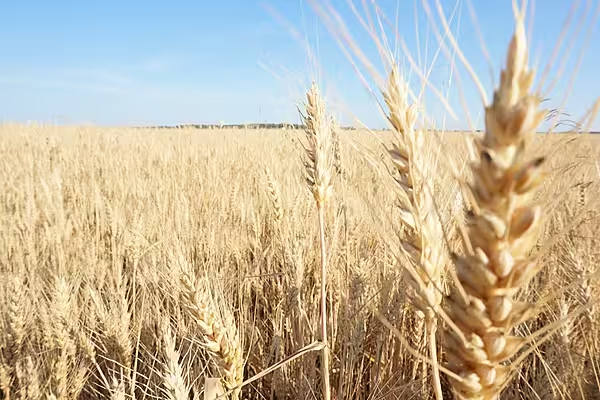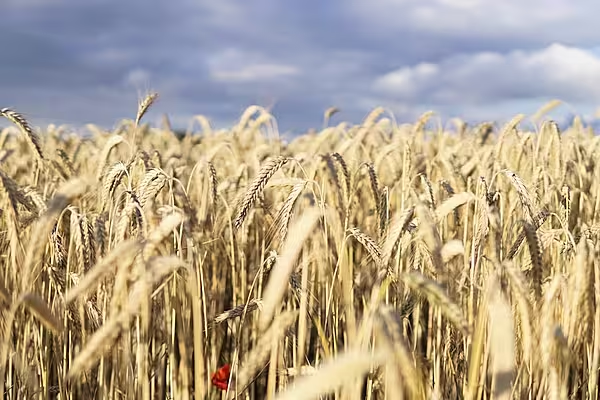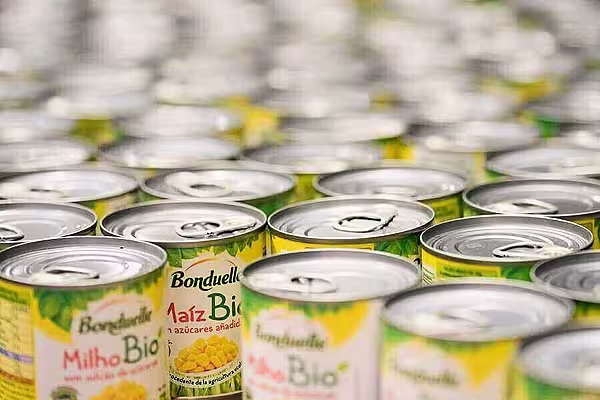A global grain glut that has dragged prices down in the past three years will persist next season as harvests expand to the second-highest on record, according to the International Grains Council.
World grain production will be 9 million metric tons more than forecast in April as wheat crops improve in the European Union, the U.S. and top exporter Russia, the London-based IGC said in a report Thursday. Farmers will also gather more corn than previously thought in the U.S. and Argentina.
"The outlook for 2016-17 grains production continues to improve, with output potentially the second highest ever," the IGC said. "Grain stocks will likely grow again, with much of the increase in China."
Crop prices have dropped in the past three years, with the Bloomberg Agriculture Subindex down almost 40 percent from a peak in 2012, as bumper harvests from Brazil to Russia overwhelmed demand. Weak currencies in major producing nations have also encouraged farmers to increase output.
Global grain production will reach 2.015 billion tons in the season starting in July, up 0.6 percent from a year earlier, the IGC estimated. Global stockpiles will expand to a record 474 million tons, with China accounting for about 40 percent of them, the report showed.
Farmers around the world will gather 722 million tons of wheat, 0.7 percent higher than an April forecast but down 1.9 percent from a year earlier, the IGC said. Corn production at 1.003 billion tons will be 3.3 percent larger than in the current season.
"While wheat, barley and sorghum crops are predicted to be smaller, this is seen being outweighed by a bumper maize harvest, including gains in the U.S. and Argentina, as well as recoveries from poor out-turns the year before in the EU and South Africa," it said. Maize is another name for corn.
Floods in Argentina have helped reduced global soybean supplies by 5 million tons to 314 million tons in the current season, the IGC estimates. Production will probably rebound to 320 million tons next season, it said.
News by Bloomberg, edited by ESM. To subscribe to ESM: The European Supermarket Magazine, click here.











